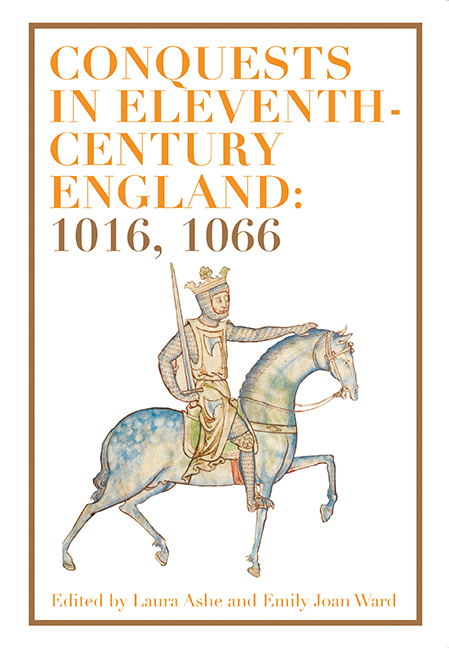1 - Why 1016 Matters; or, The Politics of Memory and Identity in Cnut’s Kingdom
Published online by Cambridge University Press: 26 April 2020
Summary
Although the conquest of the kingdom of the English by the Danish king Cnut in late 1016 was the subject of several academic conferences in its millennial year, it is far less clear that the events of 1016 have lodged themselves in the English national consciousness beyond the world of academic history. If 1016 is remembered at all, it tends to be seen as ‘one of ‘ the eleventh-century conquests, a kind of rehearsal for the apparently far more transformative events of 1066 and beyond. The conference at which an early version of this essay was presented placed it together with 1066 and, of course, the month of October 2016 was dominated by discussions (some of them rather bizarre) of the events of 950 years ago: so 14 October 2016 saw national newspapers and a range of social media discussing the impact of 1066, whereas 18 October, the millennial anniversary of the battle of Assandun, attracted very little comment at all.
There are important connections between the two eleventh-century conquests; indeed, one of the subtexts of this chapter is that it is perfectly possible to argue that there could have been no 1066 without 1016. Nonetheless, the events of 1016 tend to be less studied on their own terms than perhaps they might be. While it would be foolish to suggest that both the short- and long-term effects of both of the Danish conquests of the second decade of the eleventh-century were comparable to those of 1066, these earlier conquests were still in many ways transformative events and, as such, matter beyond the small world of academic scholarship on the eleventh century. At this juncture it is also worth reiterating that there were two Danish conquests between 1013 and 1016: the first saw the submission of the English political elite to the Danish king Swein ‘Tjustiskeggi’ or ‘Forkbeard’ in late 1013; the second saw his son Cnut emerge triumphant three years later after a very messy period of conflict between 1014 and 1016. Although Swein is rarely regarded as an English king, at least one eleventh-century English source, the English kinglist on fol. 12v of the Durham Liber Vitae, acknowledged him as such.
- Type
- Chapter
- Information
- Conquests in Eleventh-Century England: 1016, 1066 , pp. 3 - 22Publisher: Boydell & BrewerPrint publication year: 2020
- 1
- Cited by



